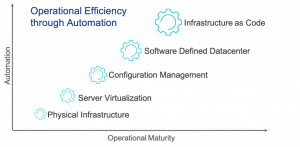Getting the best value from your cloud services is the job of ITOps. Today’s IT requires instantaneous reaction to external and internal changes in technology offerings, particularly around cloud resources. Your company needs you to keep up with the speed of business that continually increases.
We know the vAdmin role is evolving. It’s no longer about VM level management but also managing Apps in a self-service automated environment that’s running on cloud resources that best fits the app.
The vAdmin is well poised to make this shift and move to a Platform Engineer role. The big question is: How do you do automate the day-to-day role while gaining visibility to the IT needs of the business unit and customer?
You Can Do It
First, realize you can do it. The vSphere and VMware environment are the foundation for the modern cloud infrastructure. You need to build off that skillset to give your company the flexibility a cloud operating model provides.
If you started with physical or virtual servers, configuration management and automation are the next steps towards SDDC and IaC and elevating to the Platform Engineering role.
This is a logical process as the chart below shows from DevOps Technology: Everything as Code – VMware Cloud Community.

The Cloud Won’t Take Your Job – It Will Save It
The concern should not be about losing your job, the concern should be your current job becoming obsolete. Scott Lowe once said at a keynote, “If you don’t like change, you like obsolescence even worse.”
The vAdmin job is shrinking. With aaS, the commoditization of hyperscalers, and the maturity of the software, what took 10 vAdmins, now takes 1 or 2. Upskilling is a requirement. You can’t sit still.
By learning how to shift your operations to deliver like a cloud will allow you to stay relevant in your company while providing traditional infrastructure in a new way. Growing and learning as technology changes will allow you to bring better IT value to your company.
The Cloud Model is Good for You (and Your Company)
Companies are going through digital transformations. It may vary on scale, but everyone is doing this. (P.S. If yours is not, what a great time to start!)
Mike Hayes, Chief Digital Transformation Officer at VMware said on a recent episode of the Partnership Perspective podcast, “The back office needs to be the front office and become an accelerant to our own success,” (June 11, 2021). IT should understand what the business and each business unit are trying to accomplish. ITOps must talk to end-users and infrastructure should be part of the conversation. This can be a new role and skillset for ITOps that will need investment but will have a great return and will keep your role relevant, necessary, and front office.
Getting here may take time, and that’s okay. This can be an evolution, not a revolution. Go at the pace your company will allow, but it’s time to start the process. Your company may not understand why you are moving in this direction. You may need to *sell* this idea to them—and you should. Here’s why the cloud operating model will help:
- Companies are asking IT to do more with less.
- IT should be raising their focus to business differentiators, not just “keeping the lights on.”
- It’s good for you and your company.
The cloud model includes people, process, and technology. Mandy Storbakken has done some great work on this topic. Links are provided at the end of the blog for you to explore.
Next Steps
Research the technology and find what’s best for your company. VMUG has an upcoming webinar you should attend, Unlock the Secret to Cloud Acceleration with vRealize Cloud Universal on July 15, 2021.
 Automate the simple things in your environment to free up your time and help your business with their digital transformation. Your company may have on-prem equipment years from now and the idea of moving to public cloud is out of the question That doesn’t mean you shouldn’t start delivering your IT services like a cloud now. Take advantage of the benefits that brings. Start small and over time you will show how IT can bring your company into the future.
Automate the simple things in your environment to free up your time and help your business with their digital transformation. Your company may have on-prem equipment years from now and the idea of moving to public cloud is out of the question That doesn’t mean you shouldn’t start delivering your IT services like a cloud now. Take advantage of the benefits that brings. Start small and over time you will show how IT can bring your company into the future.
Resources
Here are some additional resources as you level-up your role and explore the cloud model:
- VMware: Unlock the Secret to Cloud Acceleration with vRealize Cloud Universal
- The Cloud Operating Model – VMware Cloud Community
- Cloud Management Monthly – The Cloud Operating Model with guest Mandy Storbakken (google.com)
- VMworld 2019 | US | PD2248U How to Become the Platform Engineer of the Future
- Automate like a Service Provider
- DevOps Technology: Everything as Code
- vRealize Cloud Universal | SaaS Management Suite | VMware
I want to thank Mandy Storbakken for her contributions to this blog.
—Brad Tompkins
Follow me on Twitter! @BradTompkins_

